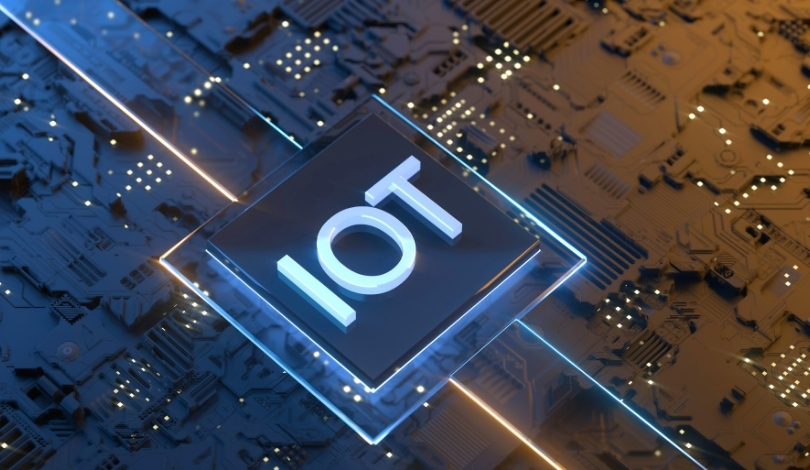The rapid expansion of the Internet of Things (IoT) highlights the importance of standardized, secure communication systems. Giesecke+Devrient (G+D) has emerged as the first company to receive GSMA eSIM compliance and certification for its IoT eUICC products. This milestone is part of the initiative to establish a secure and interoperable framework for IoT technology, optimizing device connectivity across various industries. Such advancements facilitate the smart evolution in sectors like automotive, healthcare, and agriculture, broadening the potential of connected solutions.
As IoT gains momentum, the landscape has seen various initiatives aimed at systematizing eSIM technology for seamless integration. Compared to past innovations, the recent GSMA certification marks a significant milestone by introducing a new industry-wide technical specification known as SGP.32 v1.2. This ensures enhanced secure interactions with global communication networks. Past approaches focused more on consumer-centric solutions, whereas the current effort signals a shift towards large-scale IoT implementation across different sectors.
What Does the Certification Mean for the Industry?
Acquiring this certification underscores a major step towards attaining robust security and interoperability across IoT devices. Gloria Trujillo, GSMA’s eSIM Group Director, emphasized the importance of aligning with GSMA specifications to secure the ecosystem and drive innovation. By reaching this milestone in under two months, G+D demonstrates an effective alignment with the newly devised standards, ensuring the proliferation of secure and reliable IoT services.
Impact on IoT and Mobile Connectivity?
The certification is expected to significantly influence IoT and mobile connectivity solutions, enabling more effective security across networks. Philipp Schulte, CEO of Giesecke+Devrient Mobile Security, highlighted the importance of securing customer data and operator services through upgraded compliance standards. With eSIM gaining traction within IoT applications, the industry now has a precedent in establishing secure connections that are crucial for developments in smart cities and beyond.
How Will Industry Challenges Be Addressed?
GSMA Intelligence reports forecast a rising tide of IoT cellular connections, suggesting eSIM could capture a significant market share. Despite optimistic projections, challenges including costs, security vulnerabilities, and technological integration persist. Updated specifications like SGP.32 v1.2 aim to tackle these by setting uniform standards, facilitating smoother IoT deployment. This standardized approach benefits industries attempting to harness connectivity’s benefits while navigating intricate implementation dynamics.
The shift towards standardized, secure eSIM standards due to G+D’s achievement could potentially guide the future trajectory of IoT developments. By embedding these safeguards, the IoT ecosystem becomes more reliable, enabling industries to integrate these technologies more holistically. With anticipated growth in various sectors, particularly those involved in extensive digital transformations, the role of secure and interoperable eSIM solutions becomes fundamental for sustainable progress.










